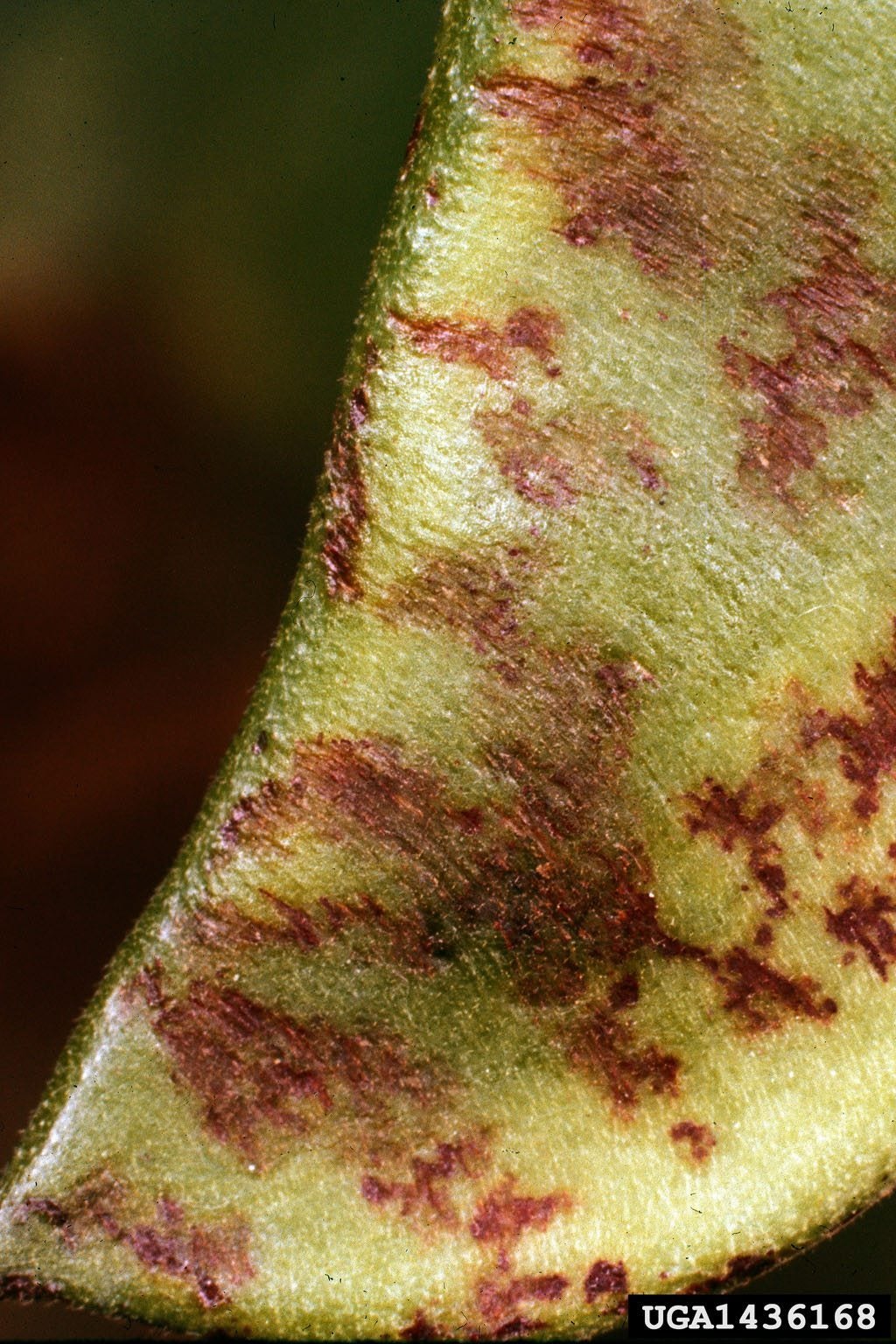Lima Bean Diseases: Learn How to Treat Sick Butter Bean Plants


Gardening can be full of challenges. Plant diseases can be one of the most frustrating of these challenges and even the most experienced gardeners can lose plants to disease. When our children or pets are sick, we rush them to the doctor or vet. However, when our garden plants are sick, we are left to the difficult task of diagnosing and treating the problem ourselves. This can sometimes lead to hours of scrolling the internet trying to find matching symptoms. Here at Gardening Know How, we try to provide detailed and easy information about plant diseases and their symptoms. In this article, we will specifically discuss diseases of butter beans – aka lima beans.
Common Lima Bean Diseases
Butter beans (or lima beans) are susceptible to several diseases, both fungal and bacterial. Some of these diseases are specific to bean plants, while others may affect a wide array of garden plants. Below are some of the most common causes of lima bean sickness and its symptoms.
Fungal Lima Bean Diseases
- Leaf Spot Disease – Caused by the fungus Phoma exigua, leaf spot disease may start as a small reddish brown spot the size of a pinhead on the foliage. As the disease progresses, these lesions can grow to about the size of a dime and spread to the stems and pods.
- Bean Anthracnose – Caused by the fungus Collelotrichum lindemuthiamum, symptoms include sunken black lesions and red-brown blotches on the foliage, stems, and pods. Sooty spots may also develop on the pods. Anthracnose can survive dormant in the soil for up to two years until it finds a good host plant.
- Bean Root Rot – Young seedlings or plants will develop watery, dark-colored wet spots near the base of the plant.
- Bean Rust – Rust-colored spots develop on bean foliage, specifically the lower leaves. As the bean rust disease progresses, leaves will turn yellow and drop.
White mold and powdery mildew are some other common fungal diseases of butter beans.
Bacterial Diseases of Butter Beans
- Halo Blight – Caused by the bacteria Pseudomonas syringas pv phaseolicola, symptoms of halo blight appear as yellow spots with brown centers on the plant’s foliage. As the disease progresses, leaves will turn yellow and drop.
- Common Bean Blight – Leaves rapidly turn brown and drop from the plant. Common blight can remain in the soil for up to two years.
- Mosaic Virus – Mosaic patterned discoloration appears on the foliage. The mosaic virus that most commonly affects beans is known as Bean Yellow Mosaic Virus.
- Curly Top Virus – Young plants will develop curled or distorted growth and may be stunted when affected with bean curly top virus.
How to Treat Sick Butter Bean Plants
Improper air circulation, watering, or sanitation leads to most lima bean sicknesses. Hot, humid weather also plays a major role by providing the perfect conditions for the growth of these diseases. Properly spacing and pruning plants to allow for good airflow can help reduce the growth and spread of many diseases. When pruning, tools should be sanitized between plants to also prevent the spread of disease. Cleaning up any trimmings or garden debris eliminates surfaces on which diseases can breed. Overhead watering also attributes to the spread of many diseases, as water splashing up from the soil may contain these diseases. Always water plants right at their root zone. Fungal lima bean diseases can oftentimes be treated with fungicides. Be sure to read and follow all label recommendations and instructions. Unfortunately, with many viral or bacterial diseases, they are untreatable, and plants should just be dug up and disposed of immediately. Plant breeders have also developed many disease-resistant varieties of bean plants; shopping around for these varieties can prevent many future problems.
Sign up for the Gardening Know How newsletter today and receive a free copy of our e-book "How to Grow Delicious Tomatoes".

Darcy is a former contributor to Gardening Know How. She is a professional landscape designer and gardening writer with experience in plant sales. An avid gardener, Darcy has a passion for sharing practical tips to help others grow.